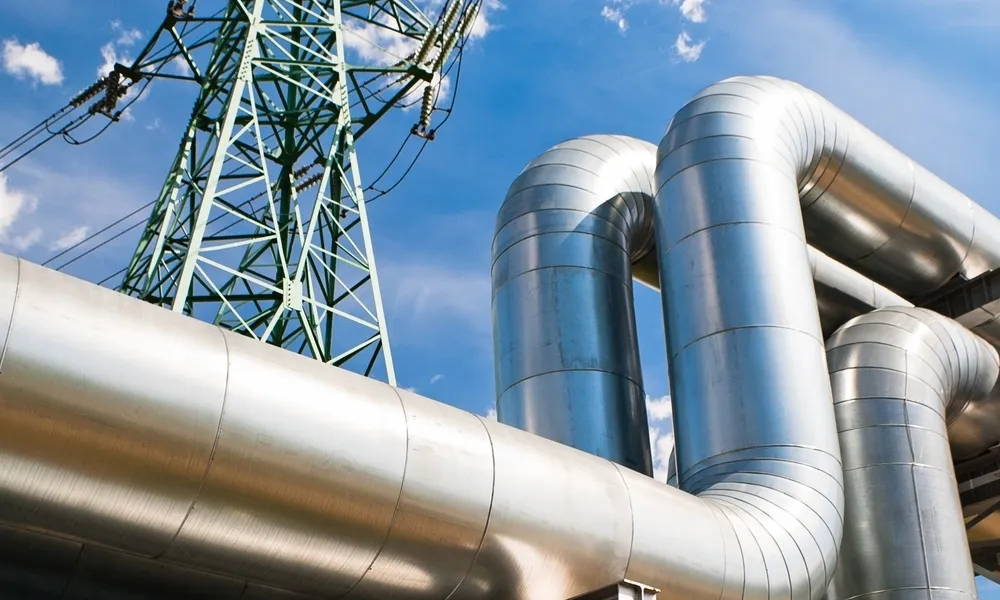Europe’s factories slowed in August on a month-to-month basis, but the longer view is kinder. Eurostat’s latest release shows industrial production fell by 1.2% in the Eurozone and 1.0% across the EU compared with July. Year on year, however, output was up 1.1% in both the Eurozone and the EU, suggesting demand is edging back after a weak first half.
Cyprus stood out for its stability. Industrial production was flat in August compared with July, avoiding the swings seen elsewhere. On an annual basis, Cyprus gained 2.4%, placing it among the minority of member states with a positive year-over-year performance.
What moved the numbers
Across the Eurozone, every major industrial category slipped in August except non-durable consumer goods, which eked out a 0.1% rise, think everyday items that still move even when investment cools. At the EU level, intermediate goods were broadly stable but all other categories declined versus July.
Year on year, the composition flips a bit. In the Eurozone, intermediate goods, energy, capital goods and durable consumer goods all fell compared with August last year, while non-durables jumped 8.2%. In the EU, intermediate goods, energy and durables shrank, but capital goods managed a 0.5% rise and non-durables climbed 6.5%, hinting at firmer consumer momentum and selected investment resilience.
Winners, losers, and outliers
Volatility was pronounced. Germany posted the steepest monthly drop at 5.2%, followed by Greece at 4.5% and Austria at 3.1%. On the upside, Ireland surged 9.8% month to month, with Luxembourg up 4.8% and Sweden 3.6%. Over a 12-month horizon, Ireland again led with a striking 28.6% increase, trailed by Luxembourg at 9.5% and Sweden at 8.3%. The sharpest annual declines came in Bulgaria at 8.6%, Slovakia at 6.3% and Denmark at 5.0%.
The mixed picture, monthly softness against annual improvement, captures Europe’s stop-start recovery. For Cyprus, a flat month and a 2.4% yearly rise signal resilience amid regional volatility, helped by steady non-durable demand and pockets of investment strength
Source: CNA
